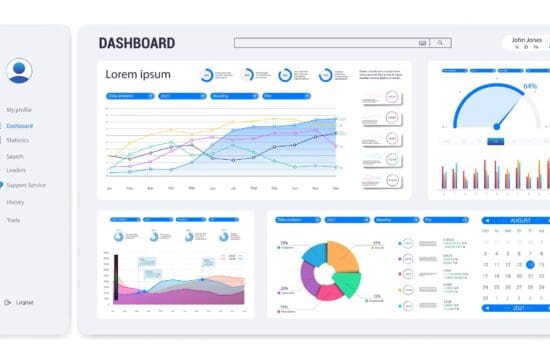Reduce Attack Surface for Data Breaches with Data Minimization
The General Data Protection Act (GDPR) introduced many regulations around data privacy and how organizations should implement certain rules to stay compliant with the law. Today, every online and offline business activity generates data as organizations collect, store, and process this data to offer personalized customer experiences and extend their bottom line.
The value of data is ever-increasing for organizations but with the growing volume of data they need to optimize the storage costs and data handling practices to reduce cyber threats associated with data. Data privacy laws around the world such as General Data Protection Act (GDPR) and California Privacy Rights Act (CPRA) require organizations to only store customer data that are important for specific business operations. And so, implementing a data minimization strategy is essential to meet compliance and reduce cyber risks associated with data.
First, let’s understand what Data Minimization means
The principle of data minimization refers to collecting, retaining, and processing only a specific amount of data which is absolutely necessary for business operations. This means organizations should only hold on to that data which is essential for business reasons and should have a justifiable reason to maintain that data.
This principal has been introduced purely for data privacy purposes in GDPR and CPRA laws, and directs organizations to comply with it to protect personal data.
Complying with data minimization under GDPR and CPRA law
Now that we know what is data minimization, we will take a brief look at how GDPR introduced this principle and how CPRA applies it in the United States. Europe’s own data privacy law, the GDPR, reinforced the concept of data minimization on organizations situated in the European Union (EU) and serving customers in EU.
Article 5(1)(c) of the GDPR defines data minimization by stating that the personal data collected should be “adequate, relevant and limited to what is necessary in relation to the purposes for which they are processed.”
It is not specified in the article that what “adequate, relevant and limited” exactly means but organizations should consider the purpose behind the data processing and only use appropriate amount of personal data. The same principle has been applied in United States’ California data privacy law and contains similar requirements for data minimization.
The CPRA text says that organizations should not process data beyond what’s”
“reasonably necessary and proportionate to achieve the purposes for which the personal information was collected or processed . . . .”
To protect data of California residents, the CPRA requires businesses to limit unnecessary data collection and processing, and delete sensitive information once it is no longer in use.
Importance and benefits of data minimization for an organization
Adopting a data minimization strategy helps organization from a risk mitigation perspective. By first defining the purpose of processing specific personal information, it becomes clear to everyone in the organization what type of data needs to be collected and stored. It is much easier to respond to data subject requests and meet compliance when everyone has the clarity where the data is located across the data landscape.
Thus, processing sensitive data which is required for intended business purposes safeguards an organization from violation of data laws and hefty fines. Following data minimization practice offers businesses these benefits:
- Maintaining only necessary data that results in less risk of data loss
- Less volume of data means low data storage costs
- Compliance with data privacy laws around the world
- Lower chances of data breaches due to fewer attack surfaces
- Increase in customer trust due to advanced data privacy practices
- Enhanced business operations due to better data visibility
- Faster response to data subject requests
How can Secuvy help your organization with data minimization?
Protecting customers’ sensitive data is every organization’s responsibility and it is important that they implement a data minimization strategy to reduce risk of data breaches. Secuvy’s AI-powered platform offers you Data Discovery and Sharing and Minimization solutions to meet regulatory compliance and ensure data privacy.
Our data discovery solution helps you identify structured and unstructured data, including PII and PHI, across your entire IT infrastructure. Once you get complete visibility of your data ecosystem, our Contextual Data Intelligence feature connects data attributes and creates a live data inventory to help you identify what type of data is stored where.
You can automate policy enforcement and monitor them through data risk reports to ensure that all the controls are being followed. Track sensitive data spikes across your data ecosystem and identify trends and at-risk data.
Secuvy’s platform help you implement data minimization at scale by automating data sharing and minimization process and getting complete control over users’ sensitive information. Organizations can effortlessly
- Adhere to data protection regulations
- Streamline compliance efforts
- Eliminate manual errors
- Reduce exposure of sensitive data with data minimization
- Seamlessly manage data retention periods to enhance data privacy.





















